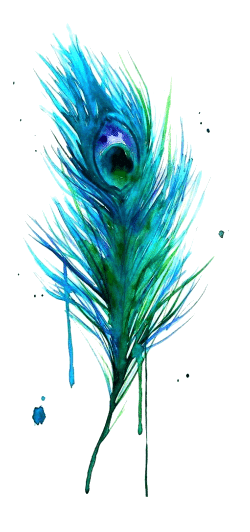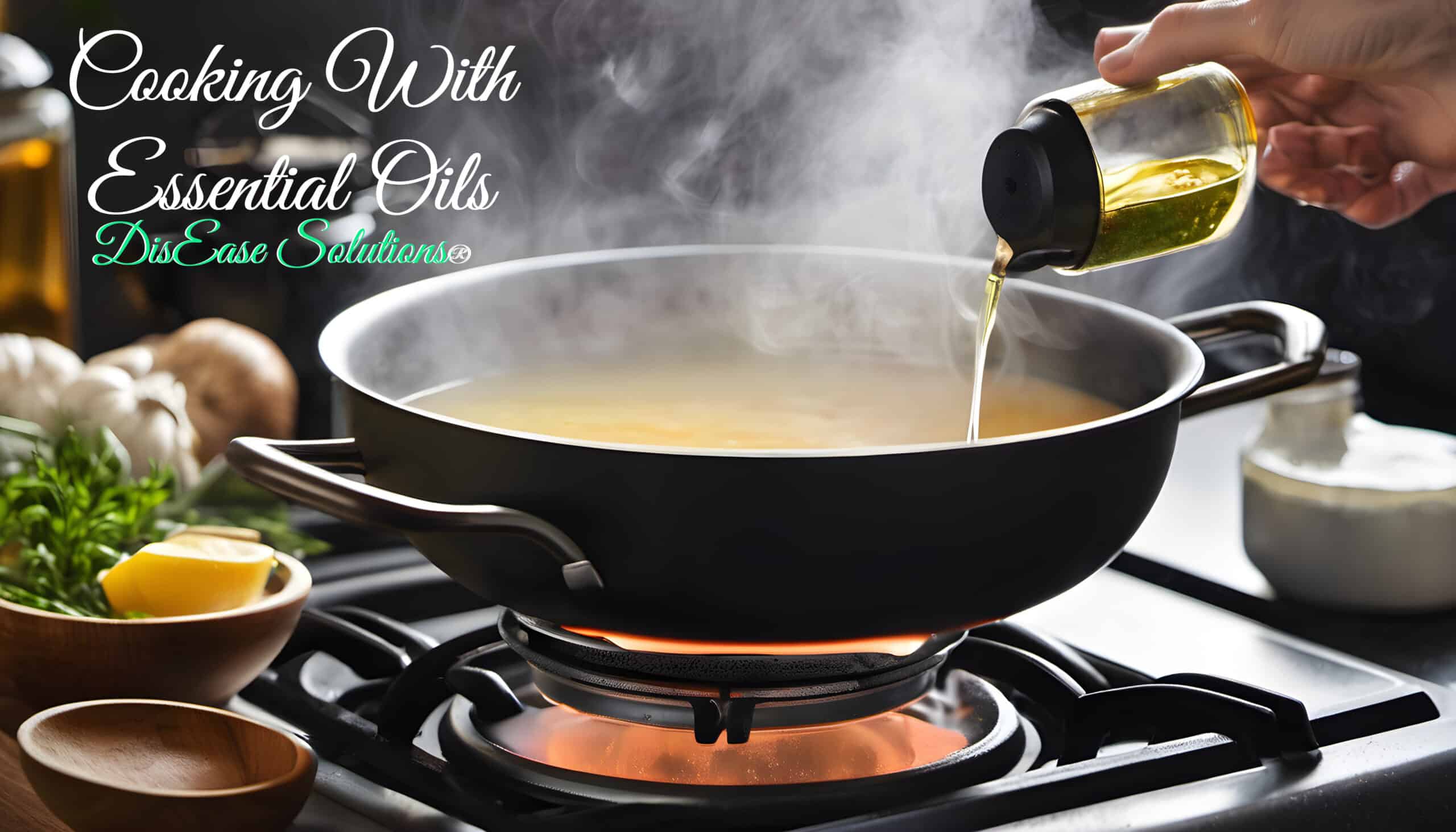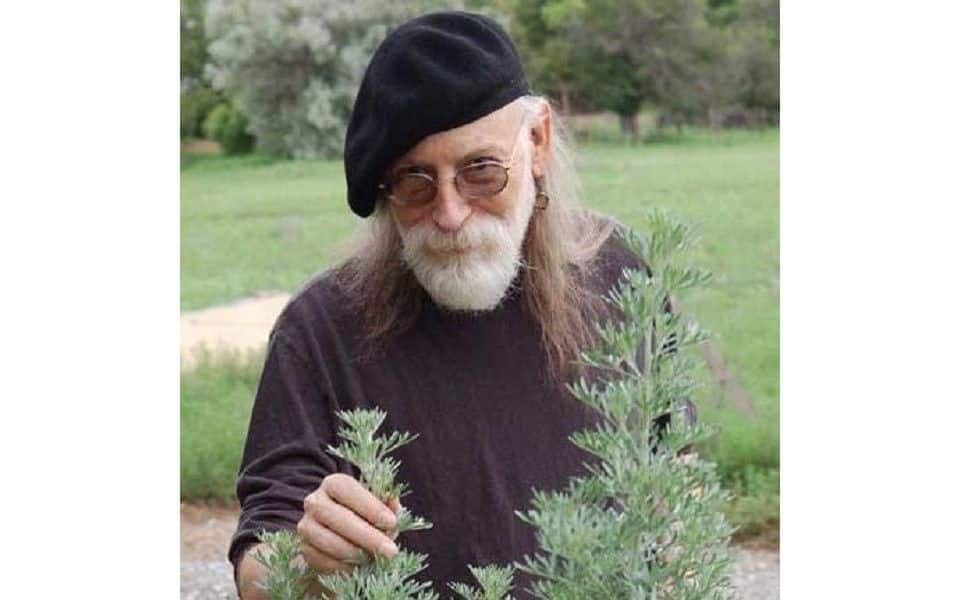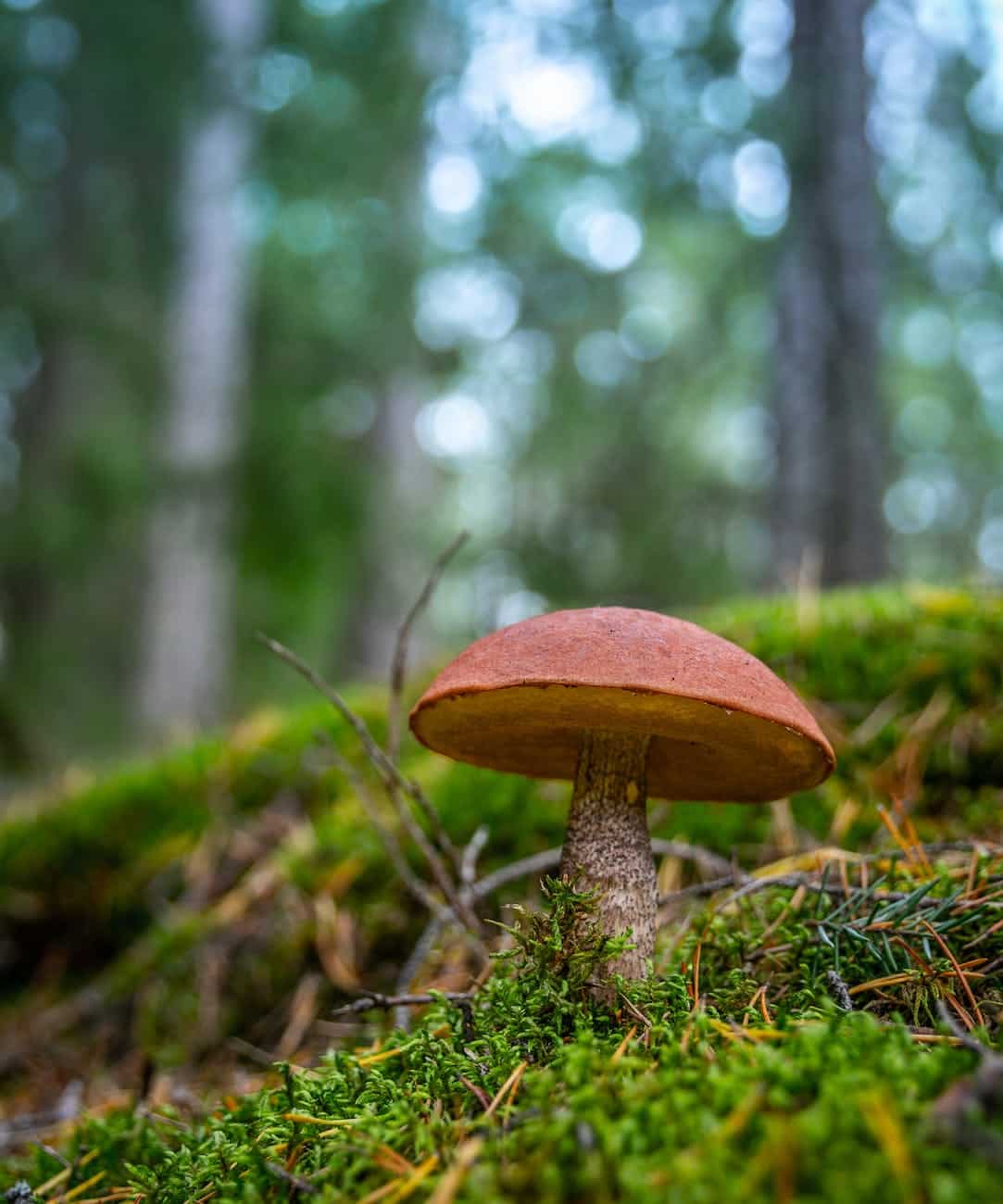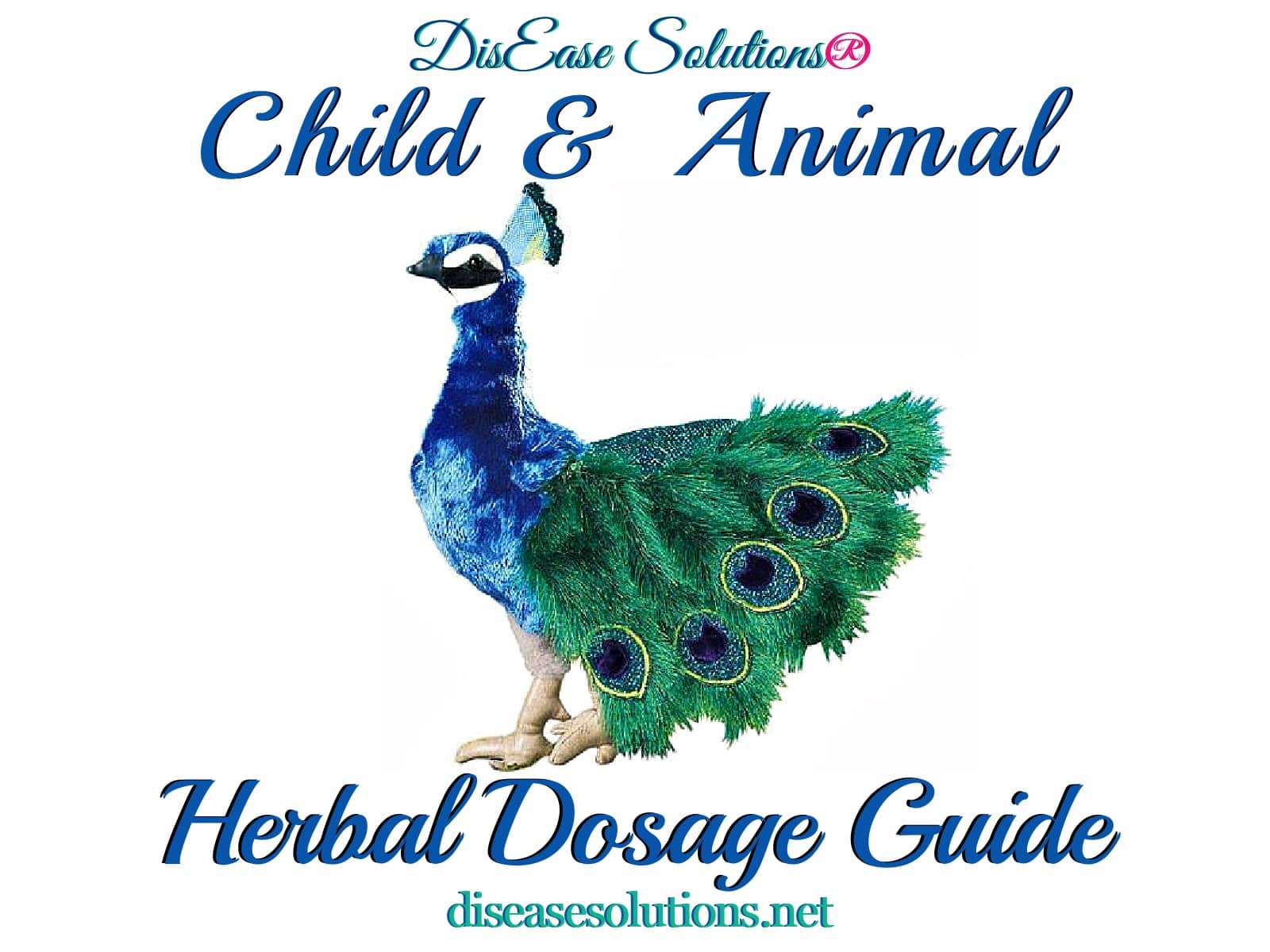Enhancing Culinary Creations with Essential Oils
Cooking preparations are not just about nourishing our bodies; it’s also an art form that allows us to explore flavors, experiment with ingredients, and create delightful experiences. While we often rely on traditional herbs and spices to add depth to our dishes, there’s another secret ingredient that can take your cooking to the next level: … Read more
